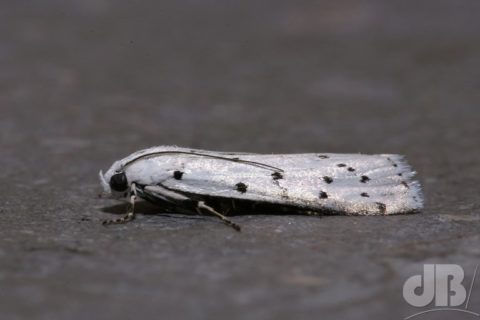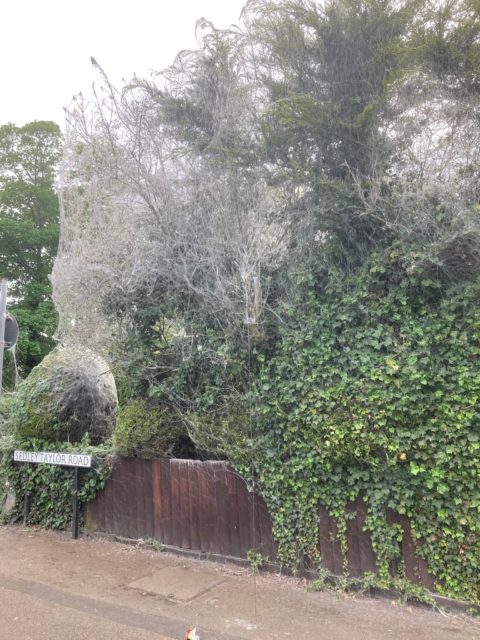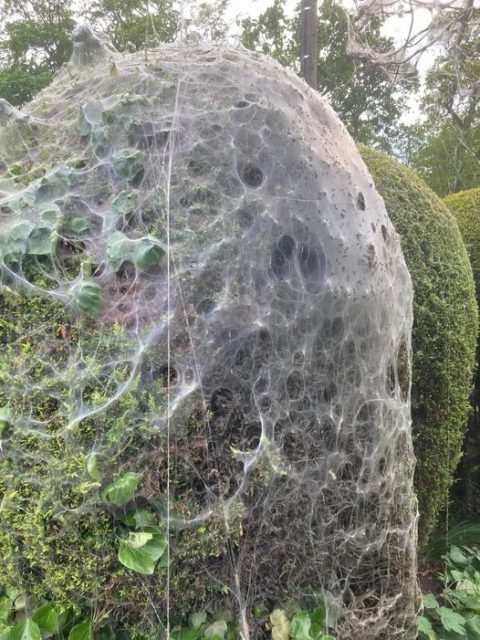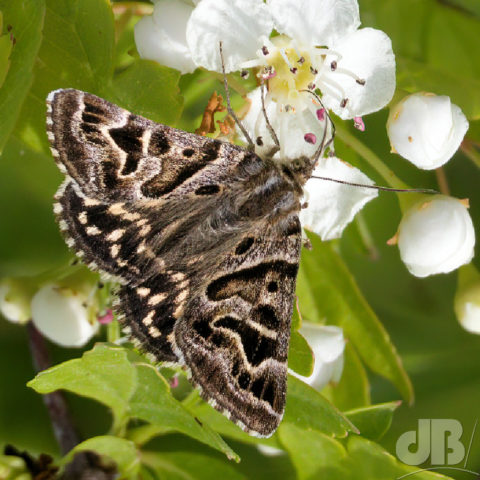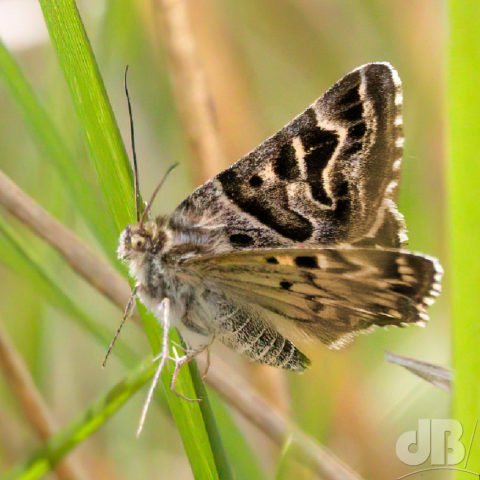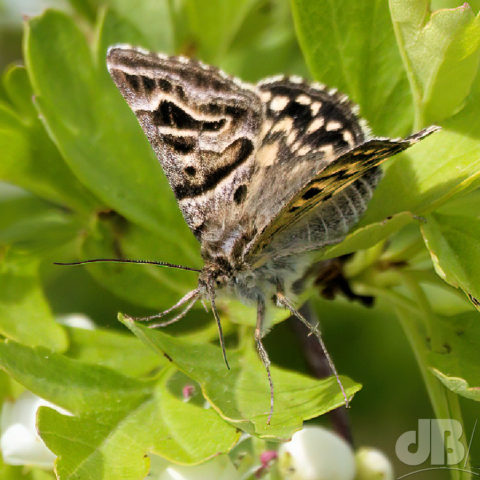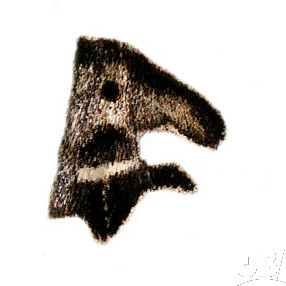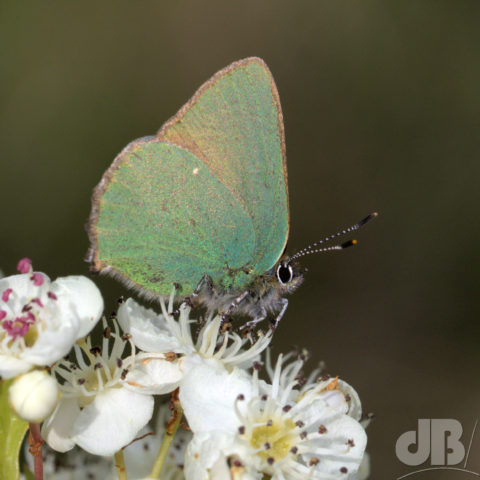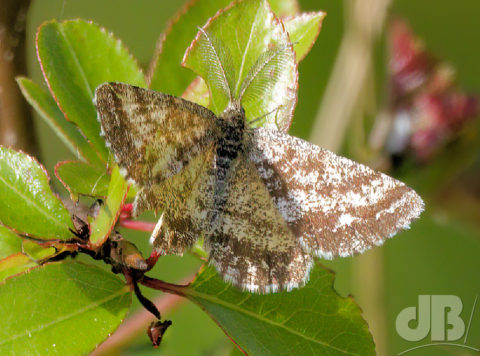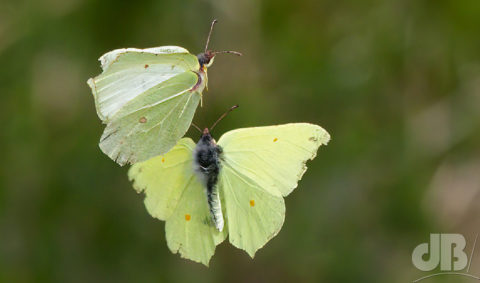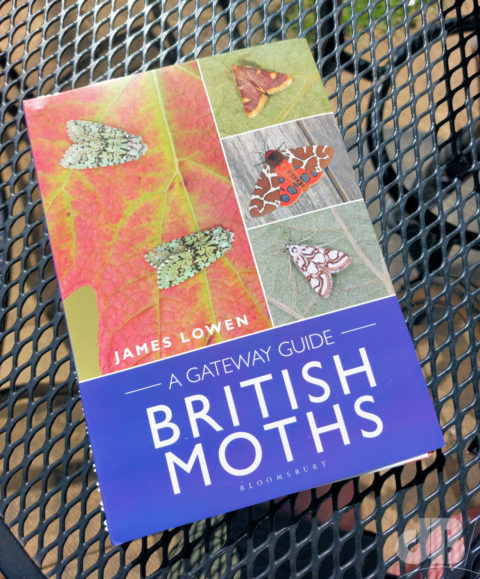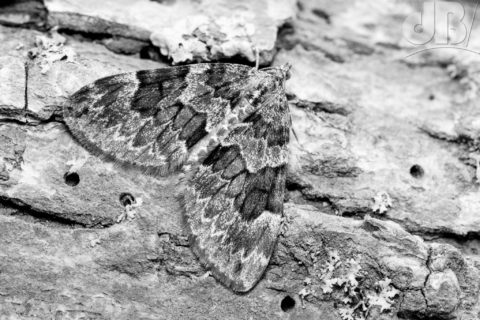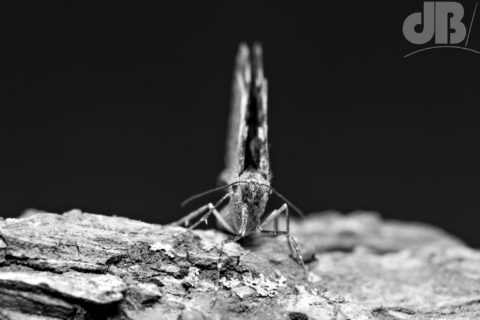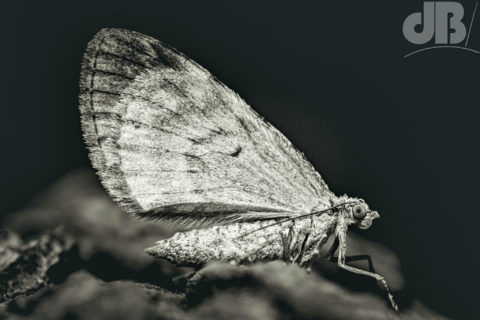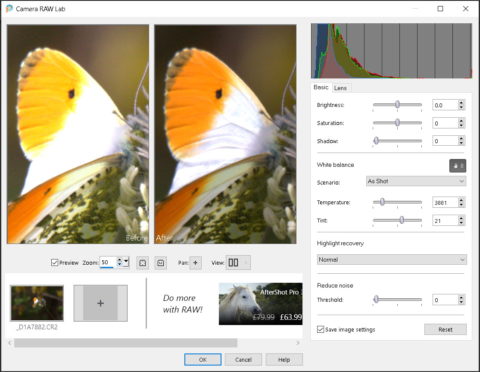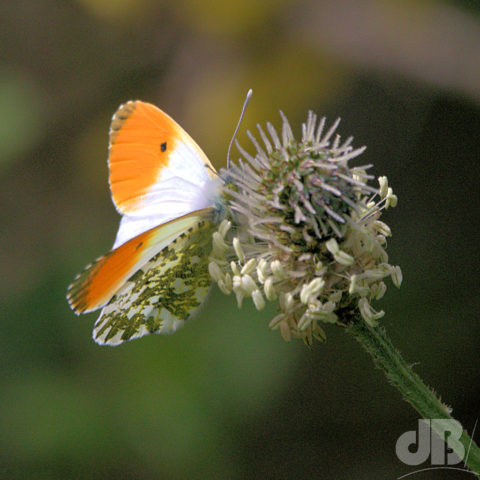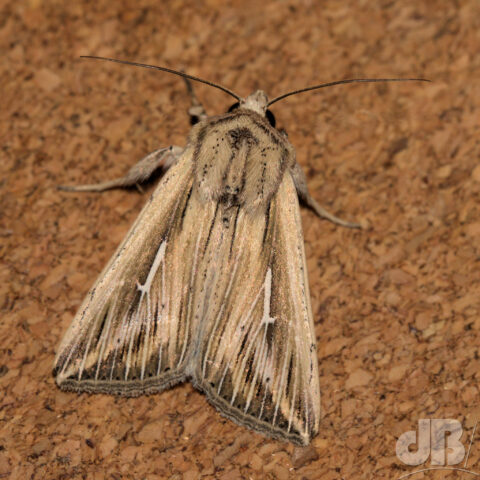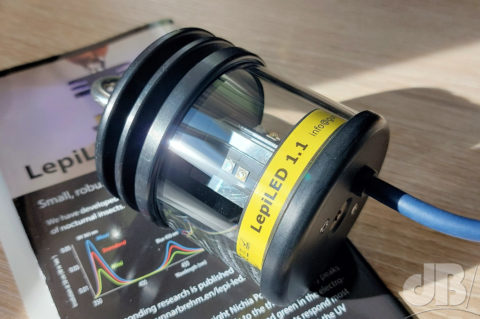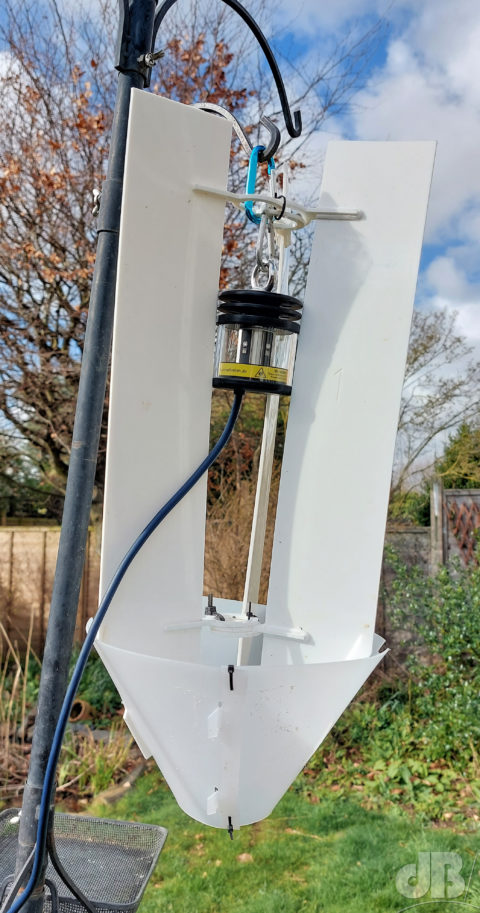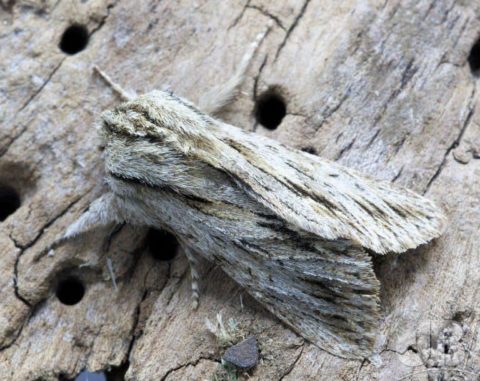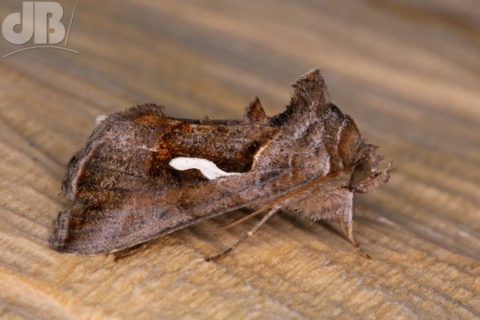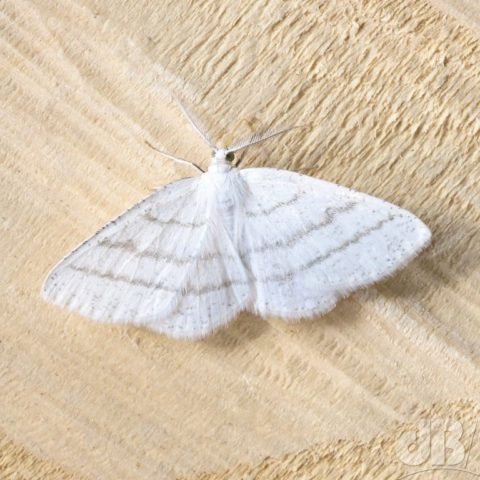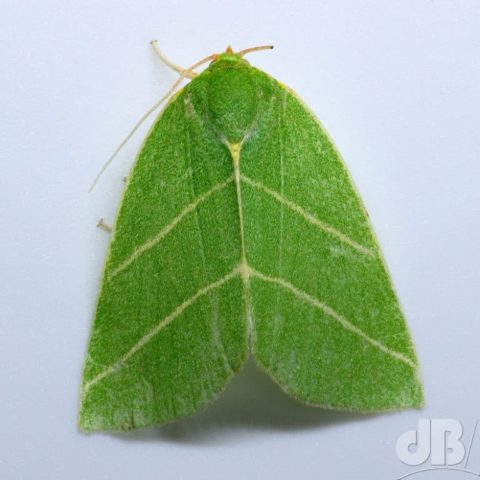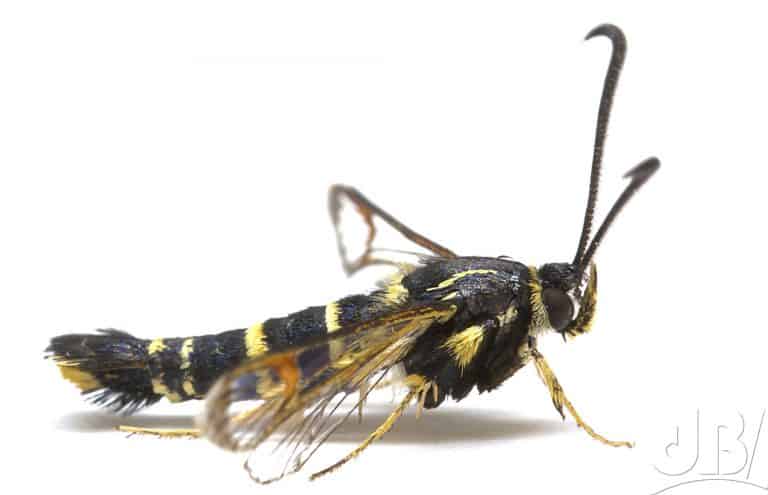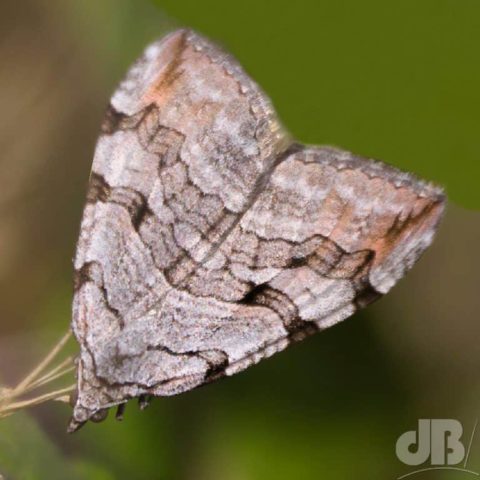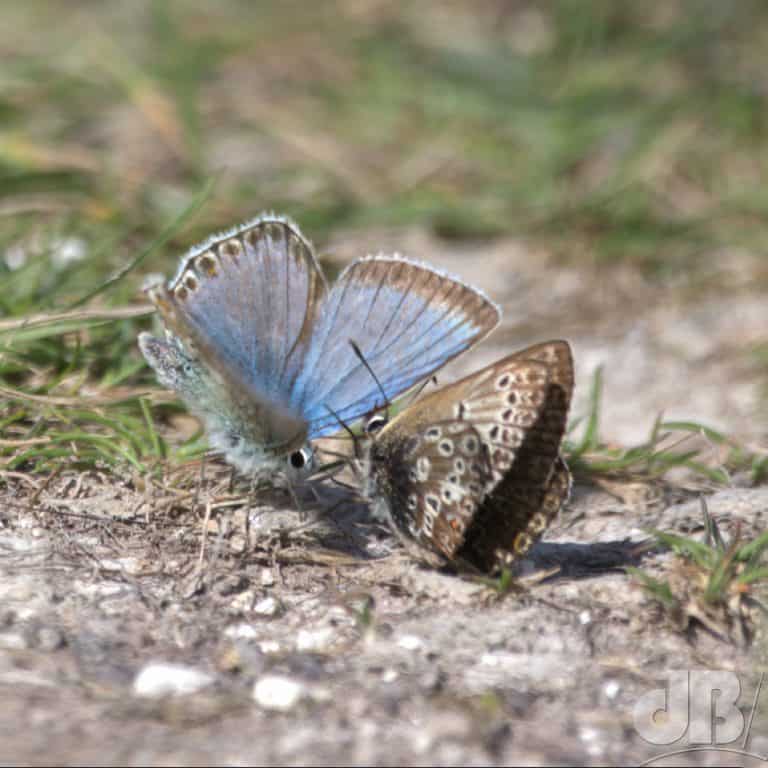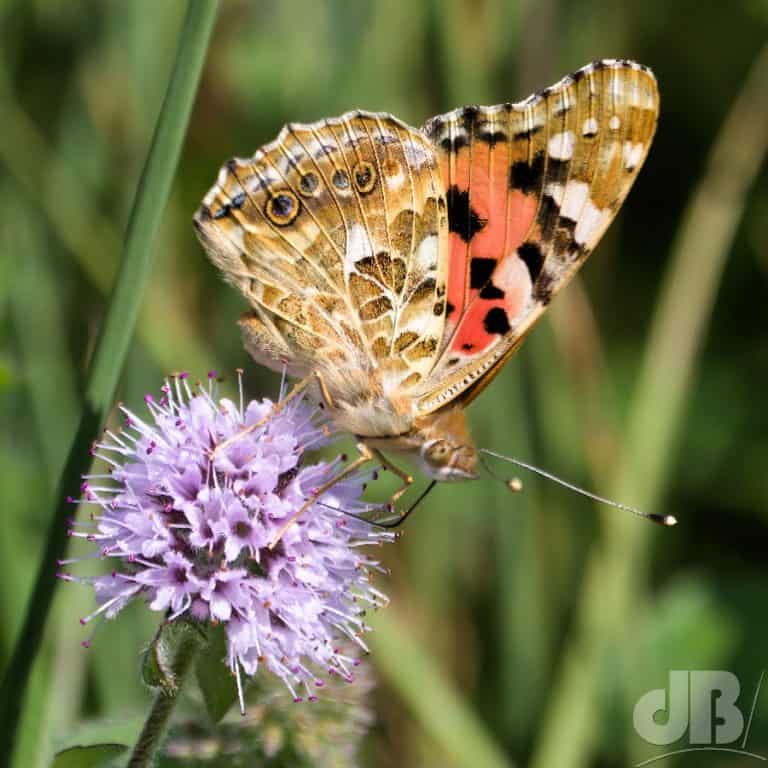On our recent trip to Seahouses in Northumberland and boat trips to the Farne Islands, we ticked ~83 birds (including two species we’d never seen before, American Black Tern and Hooded Crow), 9 Lepidoptera (including new for us, Wall Brown), and on the mammal-front, a few hares and some distant white-nosed dolphin.
Here’s the complete list of birds in A-Z:
American Black Tern, Arctic Tern, Avocet, Blackbird, Blackcap, Black-headed Gull, Carrion Crow, Chaffinch, Chiffchaff, Collared Dove, Common Buzzard, Common Tern, Coot, Cormorant, Curlew, Dunlin, Dunnock, Eider Duck, Fulmar, Gannet, Goldfinch, Great Black-backed Gull, Great Tit, Green Sandpiper, Greenfinch, Grey Heron, Greylag Goose, Guillemot, “Guillemot, Bridled”, Guinea Fowl, Herring Gull, Hooded Crow, House Martin, House Sparrow, Jackdaw, Kestrel, Kittiwake, Knot, Lapwing, Lesser Black-backed Gull, Linnet, Little Egret, Little Tern, Magpie, Mallard Duck, Meadow Pipit, Mediterranean Gull (Saltholme), Moorhen, Mute Swan, Oystercatcher, Peregrine Falcon, Pied Wagtail, Puffin, Purple Sandpiper, Razorbill, Red-legged Partridge, Reed Bunting, Reed Warbler, Ringed Plover, Rock Dove, Rock Pipit, Rook, Sand Martin, Sanderling, Sandwich Tern, Sedge Warbler, Shag, Shelduck, Shoveller, Skylark, Song Thrush, Spotted Flycatcher, Starling, Stonechat, Swallow, Swift, Turnstone, Wheatear, Whitethroat, Willow Warbler, Wood Pigeon, Wren, Yellowhammer.
The Lepidoptera:
Cinnabar moth, Garden Tiger larva, Large White, Painted Lady, Red Admiral, Small Copper, Small Rivulet moth (Bempton), Small White, Wall Brown.
Mammals:
Hare, Rabbit, White-nosed Dolphin
